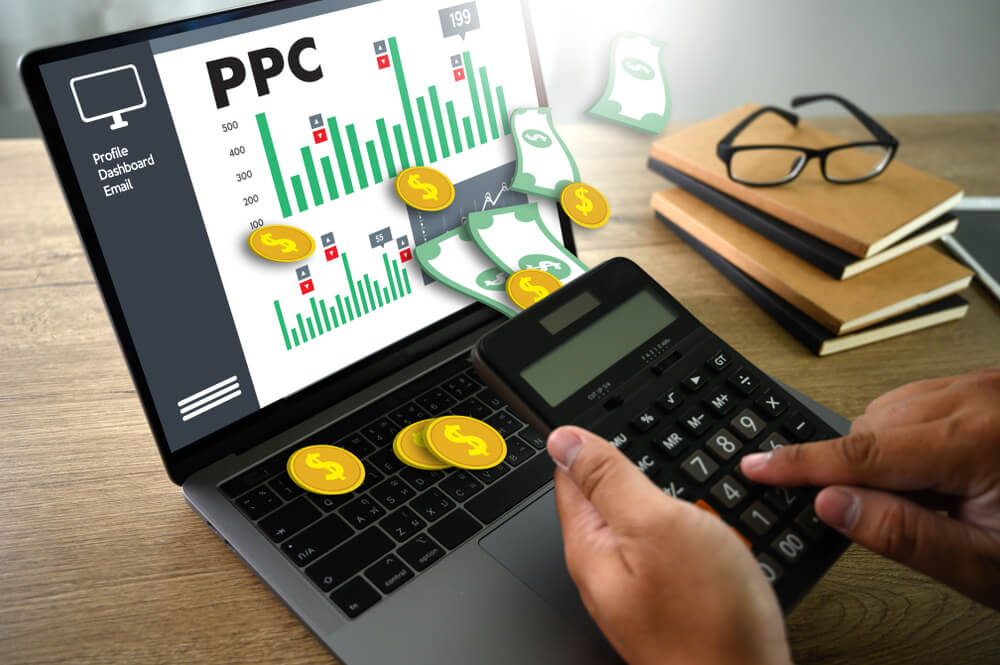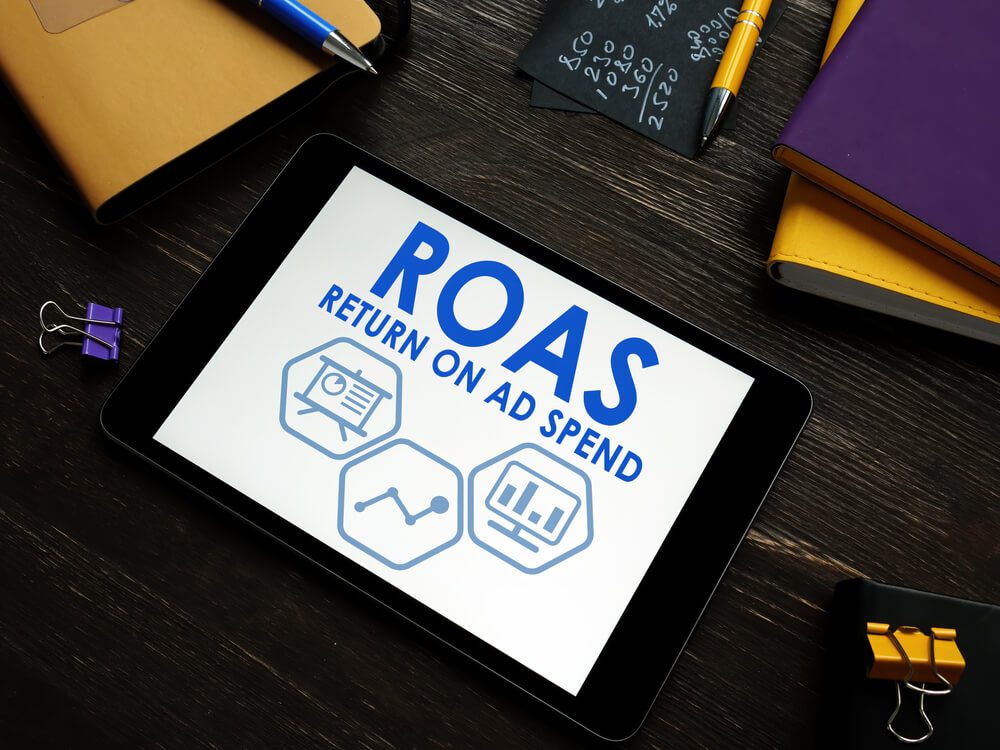
How To Do Your Pay-per-Click ROI Calculations
Do you know the real value pay-per-click advertising is bringing to your business? Are you measuring PPC ROI accurately to ensure you’re not just wasting money on an underperforming advertising channel? When used effectively, PPC ads are a rapid way to drive traffic, increase brand awareness, and generate quality leads. However, many businesses and agencies tend to focus on ego-boosting stats, such as impressions, clicks, and click-through rate, rather than ROI.
You wouldn’t neglect ROI in other areas of your business, so don’t do it for PPC. Measuring and calculating pay-per-click ROI informs you of the actual value it presents to your business and ensures you remain on track to break even or make a profit — this stops you from wasting valuable dollars on ads that don’t work. If you are neglecting it, our PPC consulting agency can help you get back on track.
In this article, you’ll learn a few different ways to measure PPC success, including return on investment (ROI) and return on ad spend (ROAS). According to Google, for every $1 a business spends on Google Ads, they make $2. But, let’s not just believe their calculations — we’re going to show you how to do your own.
If you want to learn how Digital Authority Partners can increase your PPC effectiveness, watch this video!
What Is PPC ROI

Return on investment is one of the most well-known and popular KPIs used in business. PPC ROI is the comparison of how much PPC advertising costs your business vs. how much money it makes. It is a calculation used to understand the effectiveness of digital advertising channels.
To calculate PPC ROI, you first need to know the revenue generated from PPC and the total of all costs that can be attributed to the channel. These costs include:
1. Ad Spend
This amount is easy to find in all of the PPC advertising platforms you use. Be sure to add together the money you spent with Google, Facebook, Bing, Instagram, or any other tools you use.
2. Labor Costs
Whether you’re using an agency or an in-house team, you’ll have some form of labor costs. For an in-house team or individual that oversees an agency, you’ll need to know their hourly salary and how much time they spend managing PPC campaigns.
3. Third-Party Costs
Many businesses outsource their PPC management to an agency. This is a much easier calculation than labor costs as you’ll likely be paying a contracted monthly amount for their services.
How To Calculate PPC ROI
Now that you’ve collected all your data, it’s time to put your PPC ROI calculator to work. It’s a simple formula, resulting in a percentage.
(Net Profit / Total Costs) x 100 = ROI
As an example, let’s say your PPC net profit for 2021 was $100,000, and your total costs were at $75,000, making your ROI calculation as follows:
($100,000 / $75,000) x 100 = 133.33%
Top tip: when calculating ROI, 100% is the break-even point; meaning, if you’re in profit, you will see a percentage over 100, and if you’ve made a loss, it will be under 100.
What Is ROAS & How Is It Calculated

A variation of digital ad ROI is ROAS (return on ad spend). Rather than factoring in the total of all the costs mentioned in ROI, ROAS is comparing the amount you spent on ads against the revenue they generate. Again, expressed as a percentage, you calculate ROAS using the following formula:
(Money Gained From Ads / Money Spent On Ads) x 100 = ROAS
Let’s say your company spent $10,000 on ads and generated $15,000 in revenue. Your ROAS would be:
($15,000 / $10,000) x 100 = 150%
As with ROI, your break-even figure is 100%, so setting that as a goal is a good start.
Comparing ROAS With ROI
When ROAS is showing greater than 100%, but ROI is coming in under 100%, you can look at your calculations to see which overheads are hampering your pursuit of profit. You may realize that your ads are performing brilliantly, generating a great amount of revenue, but your third-party agency costs too much.
In this situation, it may be time to relook at your budget, metrics, and relationship with your agency. You may need to increase your budget to increase the revenue generated, renegotiate the cost of the contract with your agency, or look for a new PPC company to pick up your account management. Either way, it’s always beneficial to compare the two calculations.
Conversions That Aren’t a Purchase
When using a PPC platform, it’s incredibly easy to find the cost-per-click data. However, profit-per-click information is a little harder to find, and it’s a calculation you’ll have to do yourself. Sometimes, businesses find it hard to attribute a value to PPC conversions because there aren’t always users making a purchase. Alternatively, a conversion could be filling out a form, calling your company, downloading a brochure, or booking a meeting. None of these conversions have an actual dollar value, so you need to assign one to them.
For example, you could use your average sale value and conversion rate to assign a value to a form fill.
Let’s say one in every five users that completes a form converts to a customer—that’s 20 percent. Your average sales value is $100. Twenty percent of $100 is $20, so you could assign a value of $20 to every conversion that is a form fill.
Using this method won’t give you a wholly accurate representation of ROI. However, you would need every transaction to be completed online to achieve this.
In Summary
Using a pay-per-click ROI calculator is imperative for any business to assess the value PPC brings to their company. Even if you don’t make sales online or your conversions are directed toward non-sales-related activity, you can still get an accurate picture of how much revenue PPC is contributing.
ROI and ROAS are the holy grail of understanding how PPC is performing. Yes, the fluffy stats that agencies and marketing managers like to quote are great for monitoring progress. However, business owners care about making a profit; and just like any other expenditure, PPC needs to prove its worth.
Want To Meet Our Expert Team?
Book a meeting directly here




